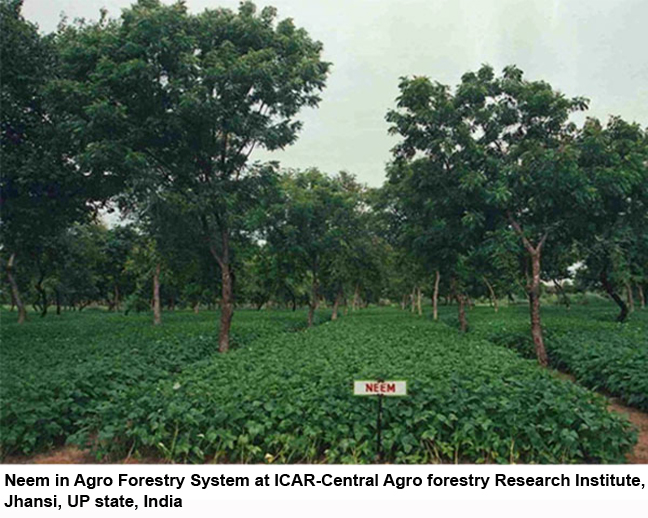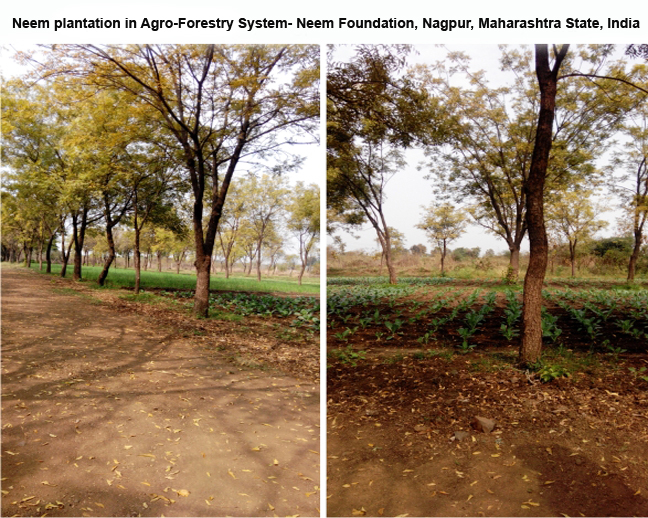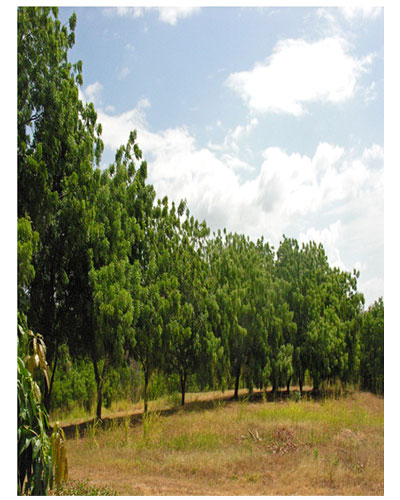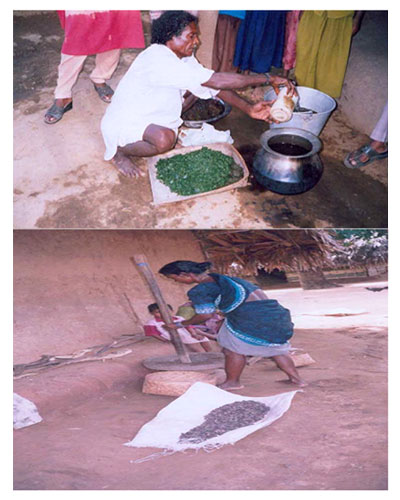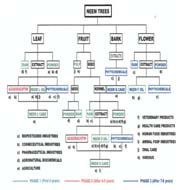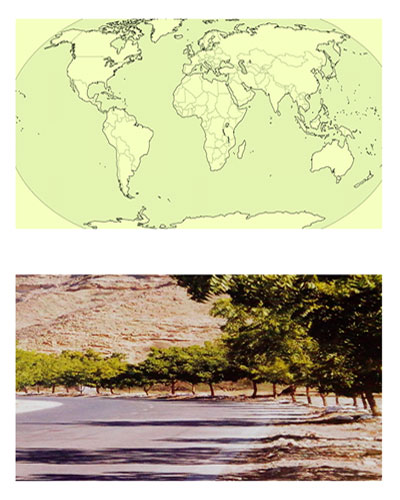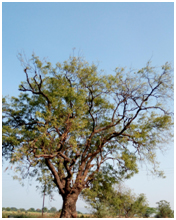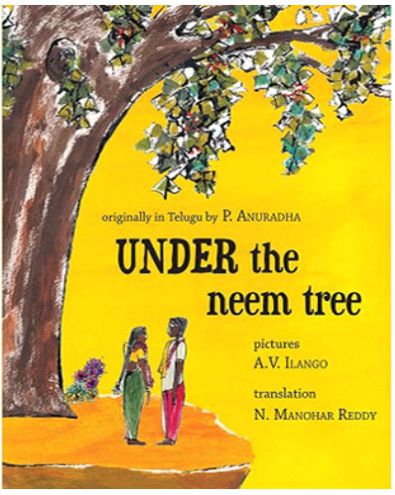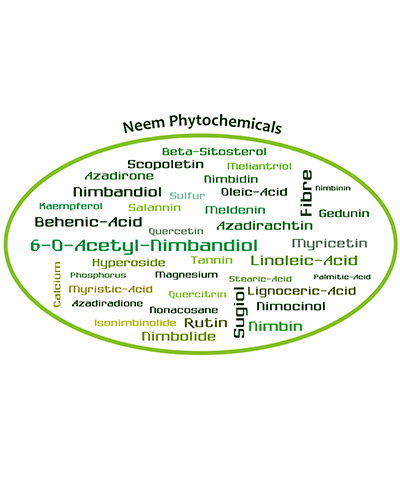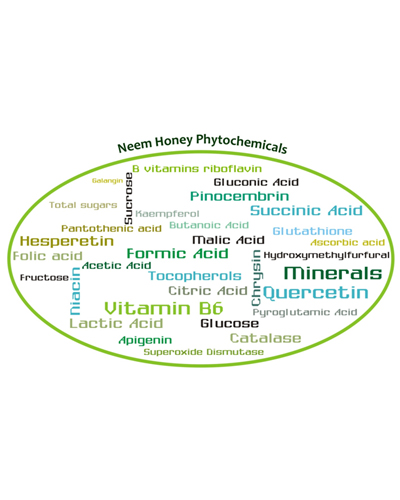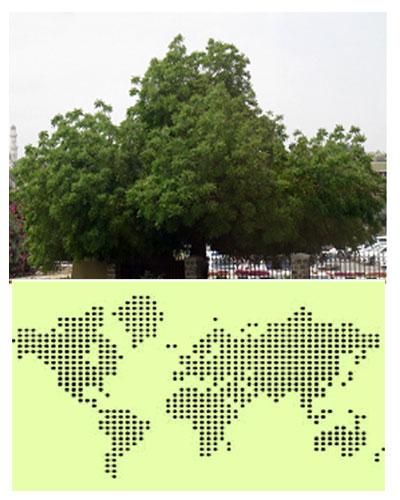What are the Neem plantation’s advantages for the farmers and rural communities?
As Neem Plantations in agro forestry system typically take 5-6 years to produce revenue, other crops can be grown in this period to supplement income. These crops can be, but by no means limited to them, could be millet, black gram, leafy vegetables, tomatoes, onions, potatoes, turmeric, ginger, cotton, ground nuts and medicinal herbs.
Upliftment project should cover the training of the farmers and rural communities. Teach them how to handle the young Neem trees, collection of Neem fruits, proper harvesting of Neem leaves etc. Collection of Neem seeds and Neem leaves are the important means of supplementary employment and extra income for the poor households, especially for the rural women.
Approximately after sixth years with the first fruit harvest, the neem oil can be extracted from the fruit. The training and establishing small production facility around the Neem plantation for oil production will generate the additional income. The pressed Neem cake after the oil extraction process can be used as a fertilizer. By selling Neem cake extra money can be earned.
Also, Neem leaves are a valuable resource and can be harvested and processed for sale. It is important to stop the leaves from coming into contact with the soil during the harvesting. Proper training is necessary for this process.
Neem tree grows rapidly, so it provides sufficient quantum of wood for various uses after the sixth year. Part of the Neem plantations can be used for wood production and rest can be used for seed production and other purposes. Neem wood can be used as firewood. Neem wood is extraordinarily suitable for the construction of houses due to its chemical constituents. It has ability to resists termites and other pests for more than 100 years. Neem wood is well suited for use in furniture making and the shipbuilding industry. So Neem wood also can help in generating extra income.
Neem plantations and processing of neem products provides employment and income generation opportunities. Small scale industries have a major role to play in harnessing the potential. Therefore, by promoting Neem plantation benefit will accrue to the farmers, rural women and the industries.
THE HINDU a leading newspaper of South India published a success story of two villages in Andhra. How few hundred Neem trees changed the lives of people in two villages in the Telangana Region of Andhrapardesh? The implementation of Access and Benefit Sharing (ABS) mandate under the National Biodiversity Act 2002 helped these villages to earn additional revenue of few thousand rupees. Mr. Sriram Gangadhar of Bio India Biological Corporation (BIBC) Hyderabad made this possible. To meet the demand of one Japanese Company BIBC worked with the local communities for collecting the Neem Leaves without involving any middleman, broker or traders and under the National Biodiversity Act principle. BIBC identified two Neem Rich villages and entered into an agreement with local communities, providing them 5% on procurement price of Neem Leaves. About 2,100 kg of Neem leaves was exported to Japan till 2012. Same example can be implemented to collect the Neem seeds too.
By forming Neem Co-operative Societies (NCS) of the seed /leaves collectors on the lines of AMUL pattern will boost the quality seed/leaves collection. Neem Co-operative Societies (NCS) will empower the rural economics as well.

